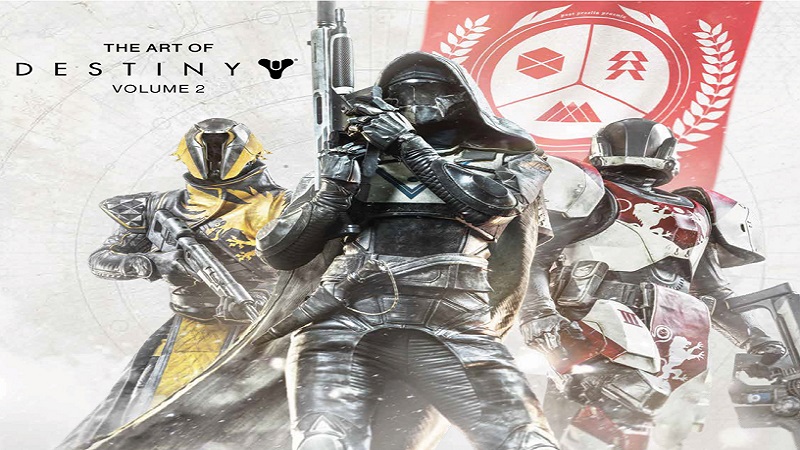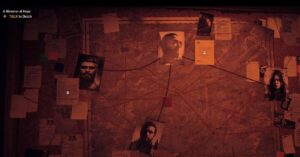Insight Editions has published a hardback book titled The Art of Destiny: Volume 2 which released on December 12th 2017 at numerous online retailers and high street book stores. Can The Art of Destiny: Volume 2 deliver what it sets out to in the form of producing a companion for the hit videogame Destiny 2?

Destiny 2 is a hybrid of an open-world first-person shooter and role playing game in an online connected world available via retail stores and digitally on home consoles and PC. Destiny was initially revealed on February 17th 2013 via the video documentary titled Pathways Out of Darkness: A Destiny ViDoc and at the reveal of the PlayStation 4 at PlayStation Meeting on February 20th 2013. Destiny naturally had fever pitch anticipation and a lot of high expectations with it being a partnership between Call of Duty publisher Activision and Halo developer Bungie which resulted in it becoming the most pre-ordered new franchise to date in the history of videogames; rapidly amassing millions of new players every month. Destiny also received critical acclaim that only became more positive as the game was gradually expanded; receiving BAFTA Best Game of 2014 at the British Academy Video Games Awards, while further awards highlighted quality within its nuances including the 2014 National Academy of Video Game Trade Reviewers (NAVGTR) that awarded Destiny with Control Precision, Original Dramatic Score in a New IP and Use of Sound in a New IP, alongside numerous nominations.
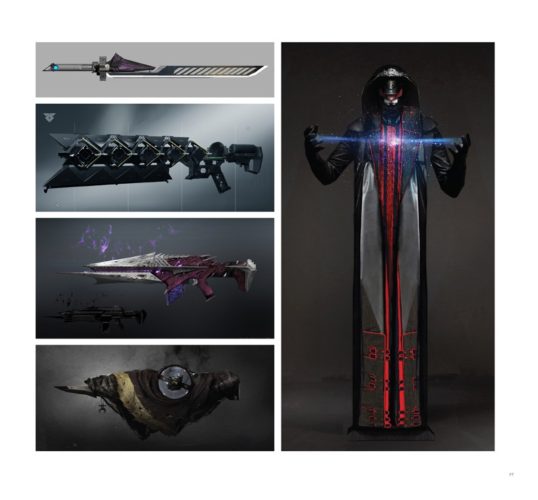
The original Destiny was criticised in some quarters for not having enough of a story, although it can certainly be said that it laid the foundations for a fully fledged story to be told in future expansions and games. Destiny 2 certainly makes good on Bungie’s promise for a more story-driven and focused adventure from the very outset. Destiny 2 was nominated for numerous awards; going onto win Game Critics Awards 2017’s Best PC Game and Gamescom 2017’s Best Social/Online Game and Best Multiplayer Game.
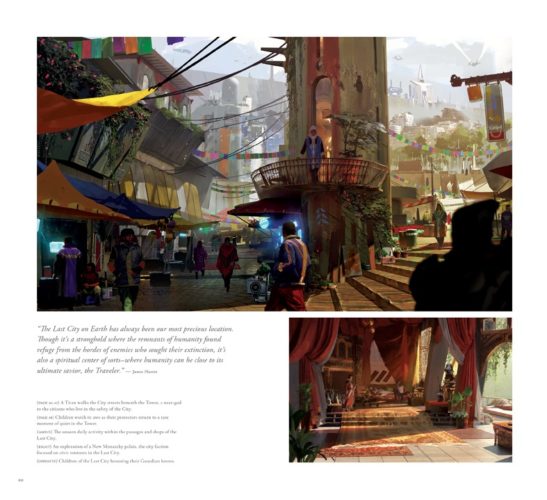
The Art of Destiny: Volume 2 is in the best hands that it possibly could be as it is clear that Bungie have put a lot of time and effort into the book to provide their official insight into the development processes required to fully realise the Destiny franchise’s universe. Before developing Destiny 1 and 2 as well as their respective expansions and updates; Bungie are also known for developing a trilogy of games set within the FPS genre titled Marathon that originally released between 1994 to 1996 and was even seen as a direct competitor to Doom, while a third-person brawler named Oni was released in 2001. However, many gamers would argue that Bungie’s crowning achievement was being the creator of the legendary Halo franchise which Bungie developed since the first entry in the series titled Halo: Combat Evolved that released in 2001 which spawned sequels Halo 2, Halo 3, Halo 3: ODST and Halo: Reach until 2010.
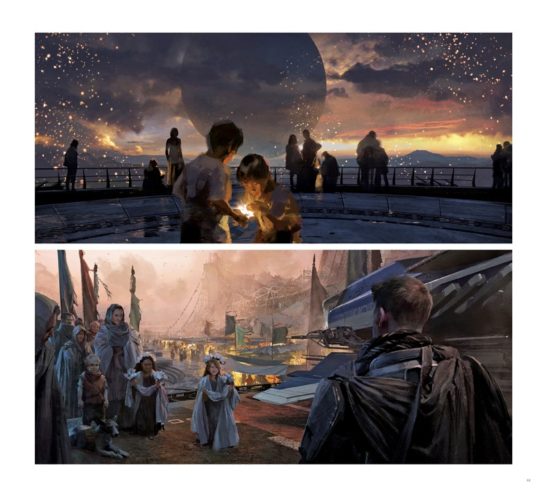
The Art of Destiny: Volume 2 features contributions in the form of a preface from art director Michael Zak explaining how his father inspired him to create sandbox worlds and a foreword by game director Luke Smith that details the amount of effort and creativity invested in making numerous environments within a universe that can be described in the statement “Almost every idea fits”. Elsewhere, a further art director named Shiek Wang writes his thoughts about some of the character models and environments contained within the first chapter, alongside some gameplay features such as the live events that brought new masks, emotes and additional graphic design. Chapter 2 sees lead story writer of Destiny 2 Jason Harris discuss the importance of the refuge environment named The Last City on Earth, while user interface designer MacKay Clark informs gamers as to what the artistic aim was when creating The Director; a feature in which the player could choose their next destination from a giant universe, coupled with amazing illustrations. Bungie’s lead concept artist Joseph Cross outlines the necessity for the massive quantity of graphic design and iconography; accompanied by pretty much every element of graphic design or icon that embraces various regions, player milestones and customisable nameplate emblems.
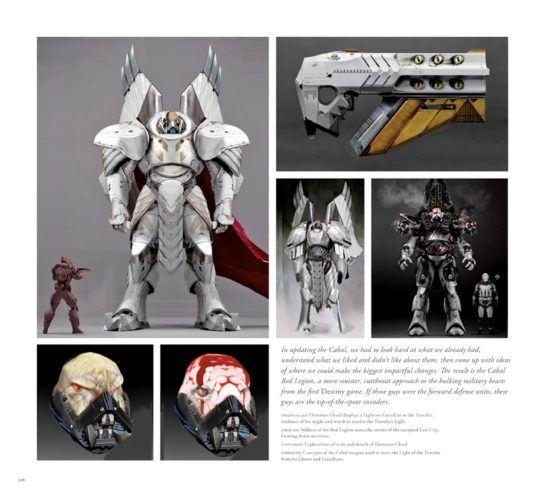
Chapter 3 is where fans of Destiny’s Guardians can find extensive artwork for the Warlock, Hunter and Titan classes with each individual Guardian class having step-by-step frames of animation showcasing their signature move. Also contained within chapter 3 are designs for numerous futuristic Guardian weapons, rings and vehicles, alongside further written contributions exploring how every Guardian class and their respective abilities and equipment help to pave the way for the adventure ahead from character artist Aaron Wehrmeister, Destiny and Moss character animator Richard Lico, visual effects artist Dave Samuel, animator Jacob Hinds, cinematic lead Matthew Ward and producer Mariana Sulcs.
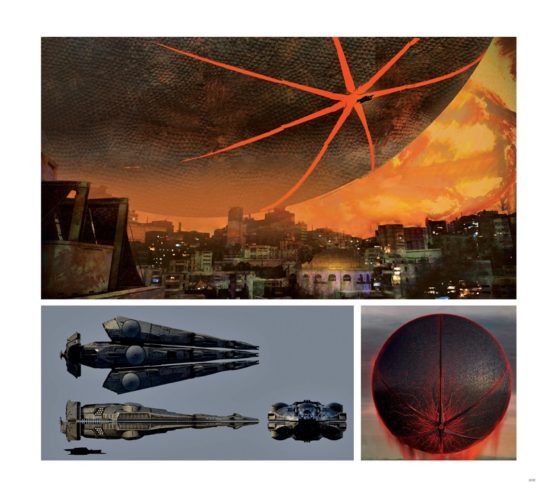
Chapters 4 through 7 cover each unique environment that is integral to the story such as the European Dead Zone, Titan, Nessus and more besides containing the habitats formed within them accompanied by varying quantities of technology and the characters that live or have travelled there following the fall of a civilization they once called home. Elsewhere, chapter 8 progresses onto outlining the significant enemies of the Red Legion, while chapter 9 delves into the Emperor’s extravagance, alongside chapter 10 providing a glimpse into the Trials of the Nine.
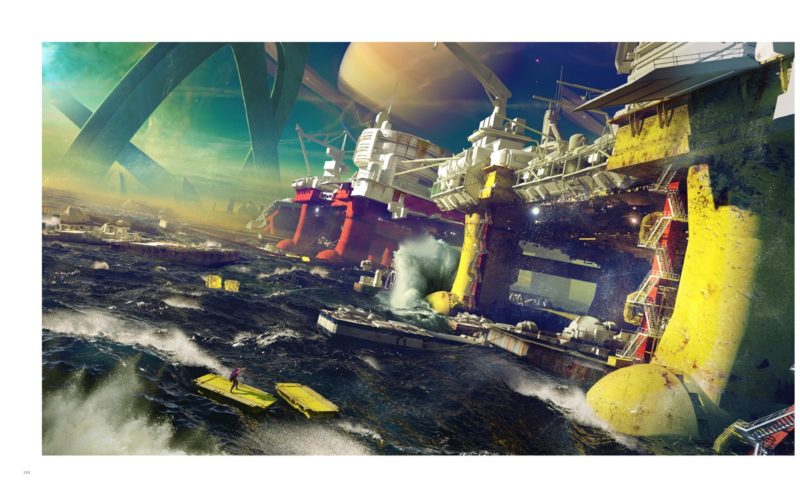
The Art of Destiny: Volume 2 humbly concludes with ten pages worth of credits acknowledging everyone that contributed to Destiny 2 between 2015 to 2017 at Bungie, Activision, Audiokinetic, Havok, Vicarious Visions and High Moon Studios, alongside voice-over talent including Nathan Fillion, Gina Torres, Nolan North, Lance Reddick, Bill Nighy, Neil Kaplan and more besides as well as everyone that contributed to correlating artwork, writing and editing in producing the book.
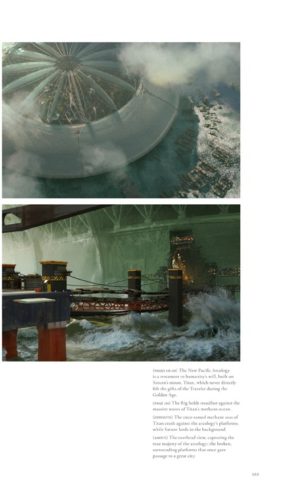
Artwork is accurately sized in the sense of not having images that are too small, big, narrow or wide that is very important for a book of art, while it is accompanied by precise positioning and spacing in accordance to create a wonderful presentation of everything Destiny from the front to back cover and everything in between. Artwork comprises of beautiful landscapes and picturesque vistas, character and enemy designs and much more besides; accompanied by an excellently designed front and back cover.
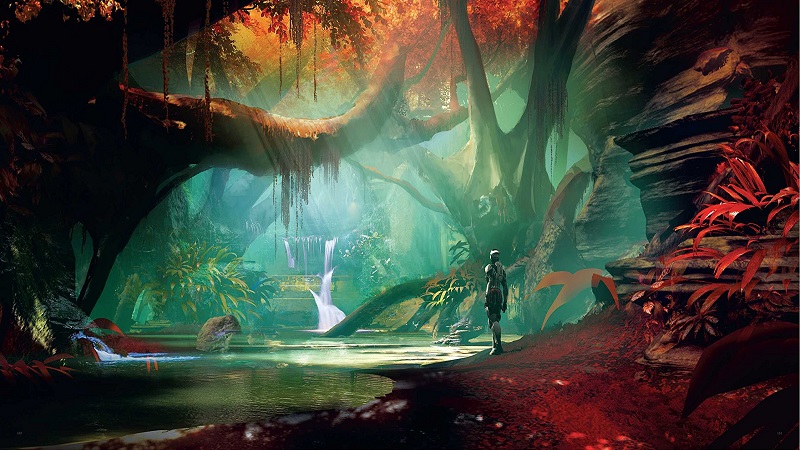
The Art of Destiny: Volume 2’s ultimate value is the memories it will bring back of engaging in combat against numerous enemies with the help of online friends within Destiny’s incredibly expansive universe. The people in charge of compiling the artwork at Bungie could have just filled The Art of Destiny: Volume 2 with artwork without offering a literary input, but there has clearly been a huge effort to put each piece of artwork into words to bring Destiny fans closer to the creative processes behind the storyboarding and artistic approach to every character, weapon and environment situated in Destiny’s gigantic universe. A sensational 216 pages comprises a preface, foreword and ten chapters featuring contributions from an extraordinary amount of Destiny 2’s development talent.
Analysis
- Title: The Art of Destiny: Volume 2
- Writer: Bungie
- Contributions: Michael Zak (Art Director), Luke Smith (Game Director), Shiek Wang (Art Director), Jason Harris (Lead Story Writer), Dave Samuel (Visual Effects Artist) and many more
- Publisher: Insight Editions
- Length: 216 pages
- Cover: Hardback
The Art of Destiny: Volume 2 can be purchased from Amazon and Barnes & Noble, while you can also find Insight Editions‘ official website including a back catalogue of captivating books and product details regarding The Art of Destiny: Volume 2 book.
